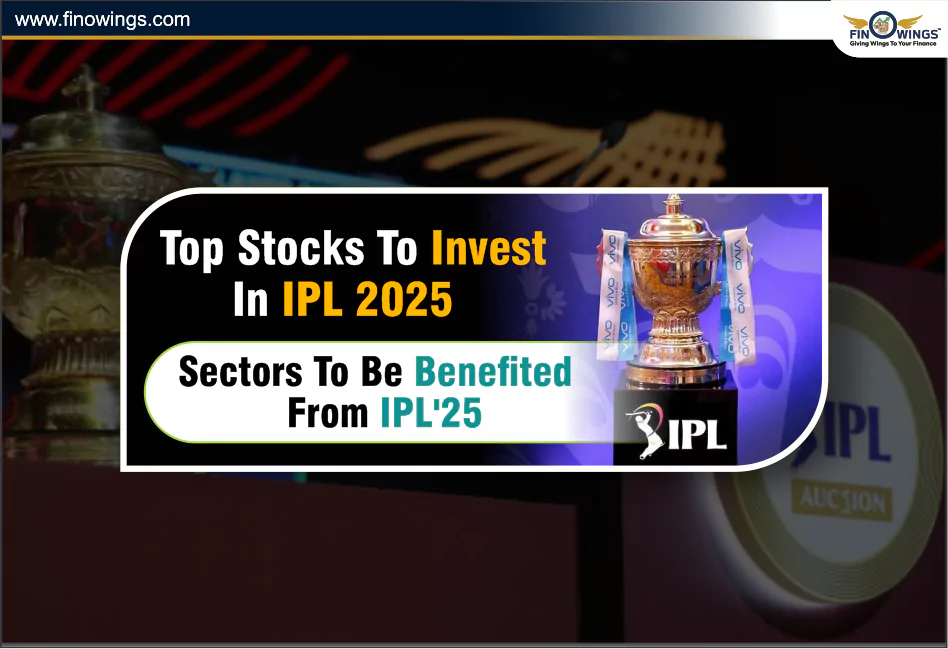Home >> Blog >> Alok Industries Share Jumps after RIL Investment: Buy or Not
Alok Industries Share Jumps after RIL Investment: Buy or Not

Table of Contents
Alok Industries Share Jumps after RIL Investment: Buy or Not
This is about Alok Industries. It is a company that makes clothes and fabrics. It started in 1986. It grew very fast and did many things. But it also had many problems. It lost a lot of money and almost closed down. Then Reliance Industries bought it. Reliance Industries is the biggest company in India. In this article, we will tell you the good and bad things that happened to Alok Industries. We will tell you how it faced the problems of making clothes, the big money crisis, and the virus outbreak. We will tell you how it is doing now and what it will do in the future. We will tell you what this means for the people who invested money in it. If you want to know the amazing story of Alok Industries, keep reading!
The Rise and Fall
Alok Industries’ 2020 Story Think about this: It’s 2020, and Alok Industries is about to fail, drowning in a lot of debt with SBI taking them to court for a huge 4000 crores. Then Reliance comes in, like a hero, buying a big part of the company and saving it from dying. The stock price went up very fast, and small traders were hoping for big profits! But three years later, the excitement died down. Have you ever been stuck in a stock for years? Well, you’re not the only one! Tell me if you have been part of this exciting story.
Detailed Video
The Big Move
Reliance’s Smart Plan Now, let’s talk about the big change – Reliance Industries. In 2019, RIL and its partner JM Financial ARC acted like a superhero, buying Alok Industries for a cool 5000 crores. But here’s the surprise – this move was not just about saving a dying company; it was a smart plan. By September, RIL had a 40% part, and JM Financial ARC had around 35%. Alok Industries was getting better, and investors were smelling success. But they didn’t know, big companies play for their benefit, not yours.
The Grand Revival
Reliance’s 3300-Crore Bet Move forward to January 2nd, 2024 – Alok Industries shocks everyone, saying Reliance’s amazing investment of 3300 crores. Reliance didn’t just invest; they went all in, getting special shares that promised a 9% yearly profit and a chance to get their money back within 20 years. That’s a long time! And the story gets more interesting – Alok Industries, even though it has problems, is losing less money. In the last three months of 2023, the company lost 175 crores, which is better than 192 crores a year before. But the real star here is the income, which went down 20% but still stayed high at 1359 crores. Market’s Careful Eye: BSE and NSE’s Short-Term Watch Hold on to your hats – the drama goes on! BSE and NSE put Alok Industries under the short-term ASM (Extra Watch Measure) label. Why? High changes! It’s like the market’s way of saying, “Be careful: surprises Ahead.”
Dealing with Problems
Cost of Materials Changes Sometimes, a good story has surprises. Alok Industries has a problem with the cost of materials changing, especially for its yarn business that depends on the price of crude oil. The hero here? Most of the materials come from RIL’s petrochemical division, which makes sure they always have enough.
Working Together
RIL’s Promise Agreement RIL and Alok Industries sign an 8-year promise agreement. This means: RIL promises to give a steady amount of crude oil, and in return, Alok Industries gets money to keep going. But that’s not all – RIL is also a good helper, giving marketing support to help Alok Industries sell its polyester products to other companies.
Finding the Secret
Too High Value and Low-Interest Coverage What if I told you there is a secret way of finding the value of a company that only the smartest investors can find? A way that shows the real worth of a company, hidden behind the numbers and ratios. A way that can make you rich or poor, depending on how well you understand it. Alok Industries is one such company that talks in puzzles. Its Price to FCF ratio is very high at 53.52, while the industry average is low at 17. Why is the market paying so much for a company that hardly makes any free cash flow? Is there something else we don’t see? And here’s the surprise in the financial story – the interest coverage ratio is negative. Alok Industries has too much debt, and RIL’s letter of credit is its saver. Without it, the company would have failed long ago. How did Alok Industries get into such a trouble? And how did RIL help it?
Reliance’s Smart Move
Benefits of Working Together While Alok Industries tries to survive, Reliance makes a smart move. Buying Alok Industries is not just a kind act. It’s a clever move to increase Reliance’s production capacity, cutting down costs per unit. Alok Industries’ textile products become the best of Reliance Retail’s big show, attracting customers with quality and variety. Reliance is not just buying a company. It’s buying an edge over others. It’s creating a benefit that helps both parties. It’s making a deal that changes the game.
Conclusion
The Alok Industries story is a ride of ups and downs. As we finish this part, the question remains: What’s next for Alok Industries? Will it get better, or worse? Will it make money or lose money? Will it please its investors, or disappoint them? The financial story goes on, and the market keeps us excited. Stay tuned for the next interesting part in the changing world of stocks. Happy investing, and may your money grow with the twists and turns!
Disclaimer:
Please note that this blog is not any recommendation for buying or selling any stock. We always encourage the reader to do their research before investing in any stock.
Frequently Asked Questions
Alok Industries faced financial turmoil in 2020, nearly succumbing to debt and legal issues. Reliance Industries stepped in by acquiring a substantial stake, subsequently reviving the company. However, the initial excitement around this move faded over the years, leaving investors waiting for positive developments.
Reliance's acquisition of Alok Industries isn't just a benevolent act but a strategic move to augment its production capacity and reduce operational costs. Alok Industries' textile products add value to Reliance Retail's offerings, enhancing product quality and diversity. This collaboration benefits both entities, offering a competitive edge and transforming their market positions.
In 2024, Reliance made a significant investment of 3300 crores in Alok Industries, securing special shares promising a 9% yearly profit and the possibility of retrieving their investment within 20 years. Despite Alok Industries' improved financials, it faced market scrutiny, landing under BSE and NSE's short-term watch due to high fluctuations.
Alok Industries faces challenges with fluctuating material costs, notably in its yarn business dependent on crude oil prices. Reliance, being a major supplier through its petrochemical division, ensures consistent material supply. Additionally, RIL's promise agreement guarantees steady crude oil supply and provides marketing support for Alok Industries' polyester products.
Alok Industries demonstrates a high Price to Free Cash Flow ratio compared to industry averages, indicating market valuation inconsistencies. Moreover, the company struggles with negative interest coverage due to excessive debt, where Reliance's letter of credit serves as a lifeline. Reliance's involvement has been critical in preventing Alok Industries from facing potential failure.





















alankh dixit | Posted on 09/01/2024
Great Blog Post.......